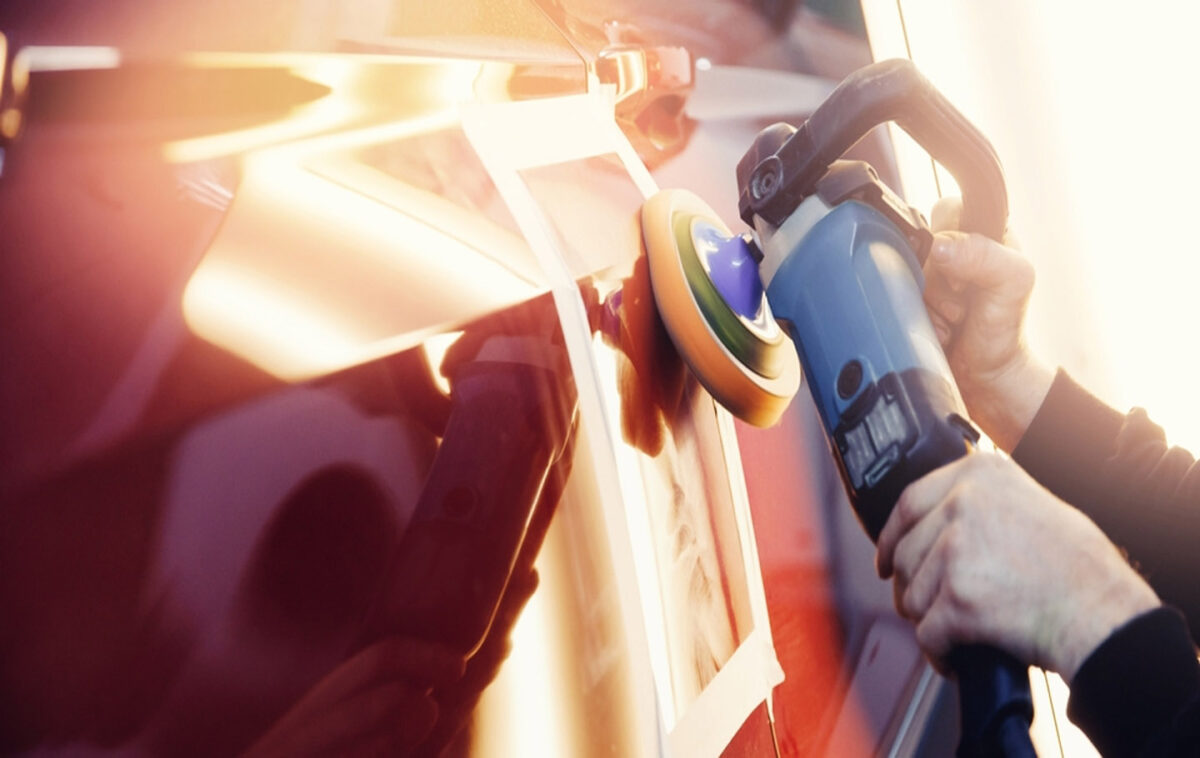Winter is the season with the highest increase in accidents throughout the course of the year. In reality, a lot of people avoid driving during such periods to avoid the typical winter troubles. This article lists eight often occurring winter-related auto accidents along with the best techniques to avoid them.
1. Increased speed on icy or snowy roads.
According to data from the World Health Organization, one of the major causes of the rising accident rate around the world is speed. Maintaining the same speed for winter driving increases the risk for drivers. Snowy roads can be easily navigated throughout the winter months by reducing speed and lengthening the braking distance. Drivers who get used to driving at a slower speed will be better equipped to react to oncoming traffic and avoid collisions. Because brakes are slowed down by snow or ice when you brake suddenly, it could cause additional problems. Therefore, the best strategy for preventing accidents caused by speeding during the winter is to adapt to a typical speed level.
2. Partial cleaning of snow off the windshield
Sometimes, accidents could be avoided when enough time is taken to remove the snow stuck to the windshield, thereby giving the drivers a good view. The drivers can set a specified time frame to get the vehicle ready for the road. This will involve windshield cleaning, the car warm-up and many more. In fact, cleaning your windshield correctly will not only help the drivers drive safely but will prevent unnecessary payment of a fine.
3. Reflection of the sun on the snow
Both winter and summer record sun reflection during each season. For winter, the reflection is on the snow and could reflect up to 80% of the UV rays. Therefore, it is important you wear sunglasses when it is sunny, either during winter or summer.
4. Inappropriate tires
There are specific tires for different seasons of the year. If you reside in Quebec, getting a winter tire from December to march is compulsory as it promotes safe driving. Interestingly, failure to change your tires in Quebec attracts a fine. Hence, purchasing winter tires should be a necessity.
5. Using the wrong winter windshield and fluid
The wipers you choose during winter should be custom-made for such conditions. Usually, it comes with a rubber surface designed to sweep the ice quickly, thereby keeping the windshield clean. Also, the windshield fluid is not the regular type but the one with a temperature below zero. This fluid type will help to increase the cleaning process of the ice.
6. Adapt to the times of the day
Switching on the headlights at night is expected. However, you need to check how dark outside is instead of the time during winter because it changes. Also, drive more carefully during the dark to avoid collisions.
7. Extreme weather conditions
On some days, it is not advisable to drive as the weather conditions are almost impossible to navigate. If you need to move, you can check the Canadian weather website for updates on the weather and plan your movement. It is advisable that during snow or ice storm, staying at home is safer.
8. Irregular car maintenance
Every new season, endeavour to give your car general maintenance. Some of the car maintenance a good auto collision shop will do for you is to:
- Check the brakes
- Change the oil
- Replace the windshield wipers if necessary
- Confirm the battery lifespan
- Guage the tire pressure
If all these causes of accidents can be attended to and your car is well-maintained, driving during winter would be with confidence.




















